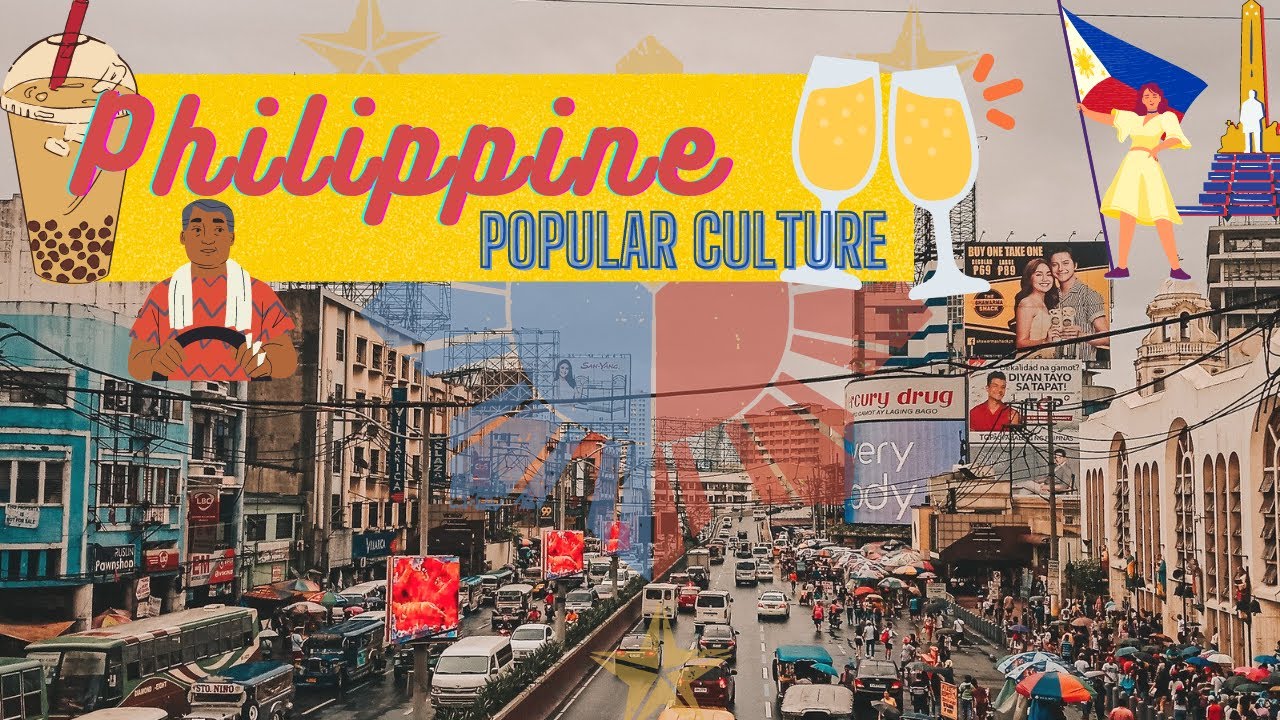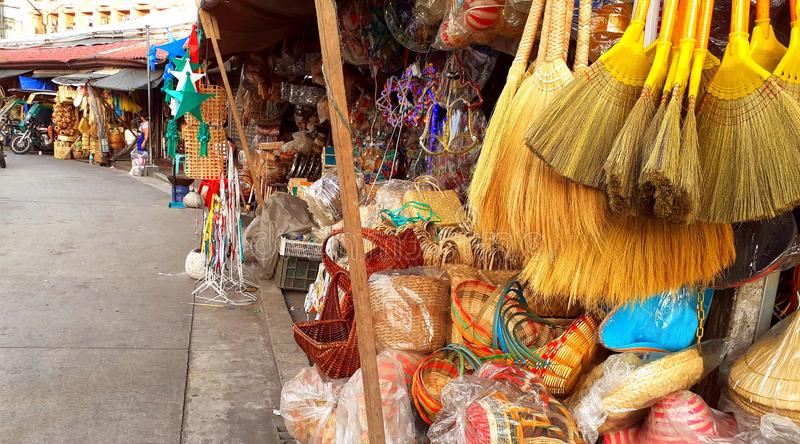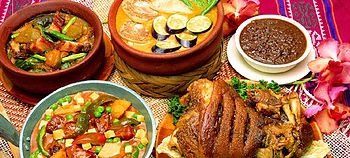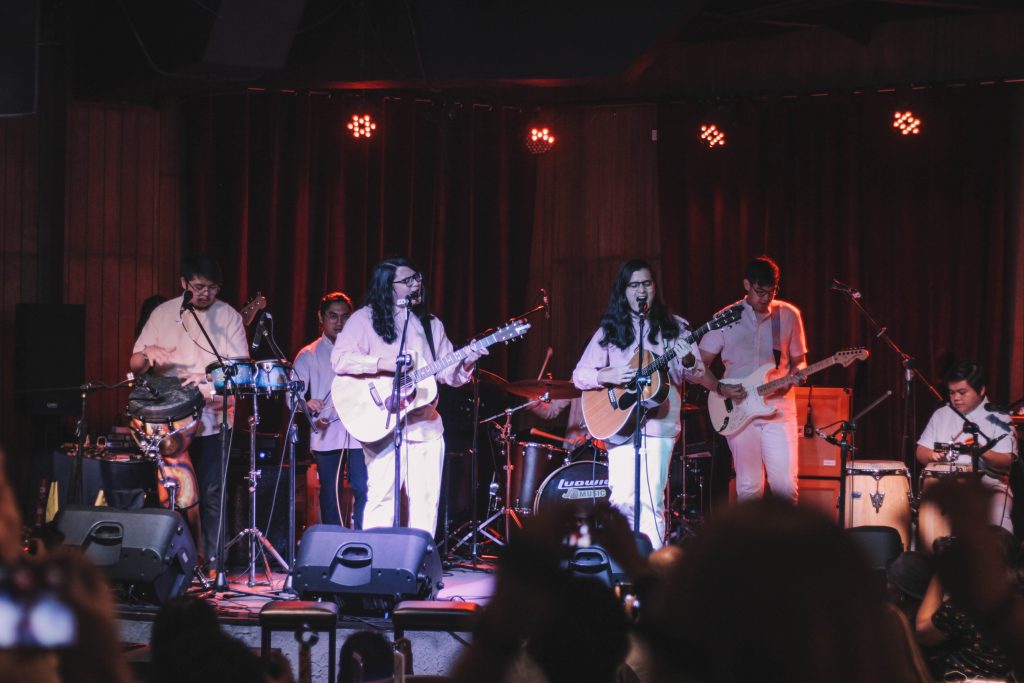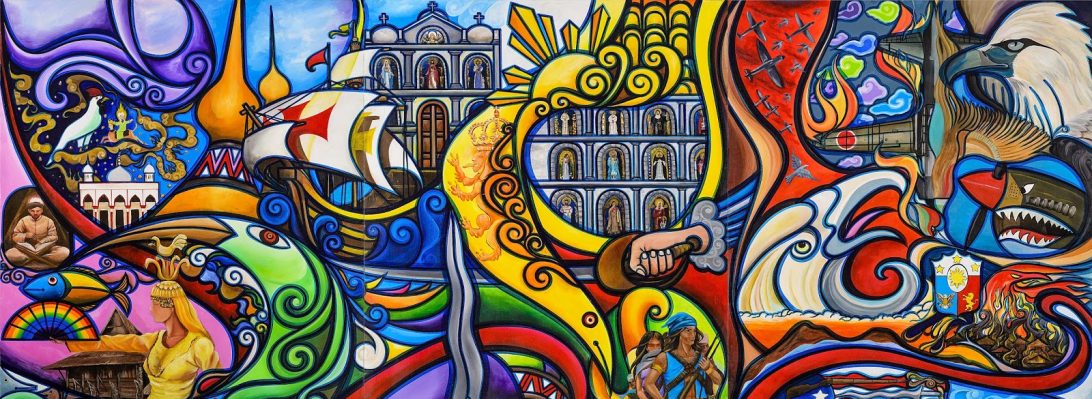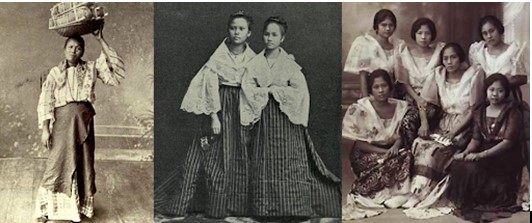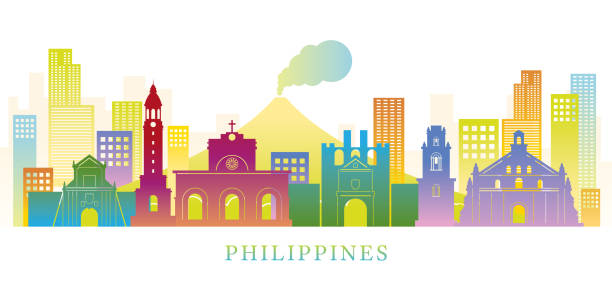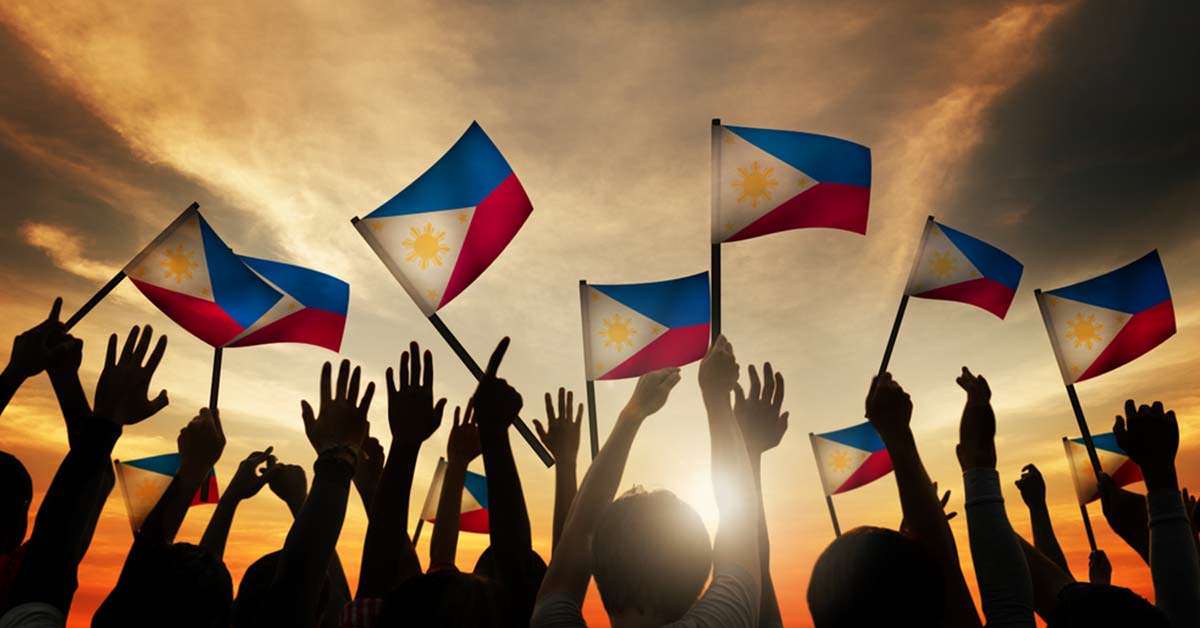
Culture and History
Who,What,Where-Filipinos
Filipinos refers to the collective term for the ethnically varied population of the Philippines. The vast majority of the people was of Malay ancestry and originated in both what is now Indonesia and the Southeast Asian mainland. There are nearly 100 ethnic groups that are culturally and linguistically distinct in modern-day Filipino society.The remaining population of the Philippines is composed of various minor indigenous and immigrant peoples' groups. The Negritos, also known as the Aeta, Ita, Agta, and other peoples with dark skin and short stature, were the islands' original inhabitants.
People who are nationals or natives of the Philippines are referred to as Filipinos (Filipino: Mga Pilipino).Nowadays, the majority of Filipinos are members of different Austronesian ethnolinguistic groups and speak either Filipino, English, or other Philippine languages. In the Philippines today, there are over 185 ethnolinguistic groups, each having its own language, identity, culture, and history. Filipinos are Orientals, although they have always had touch with Western culture. Filipinos are delighted to be members of the brown race. Filipinos are deeply spiritual. Brazen crosses and other religious relics can be seen in every nook and cranny of a Filipino home. Every Sunday, or maybe even twice or three times a week, they attend church. Filipino are the best in term of caring and helping other people.
Filipinos refers to the whole population of the Philippines. The vast majority of the people was of Malay ancestry and originated in both what is now Indonesia and the Southeast Asian mainland.
Geography and History
The Philippines, officially the Republic of the Philippines, Island country, in the western Pacific Ocean, on an archipelago off the southeast coast of Asia. Area: 114,145 sq mi (295,633 sq km). Population: (2022 est.) 112,917,000. Capital: Manila; other government offices and ministries are located in Quezon City and other Manila suburbs. Filipinos are predominantly of Malay descent, frequently with Chinese and sometimes American or Spanish ancestry. Languages: Filipino (Pilipino) and English (both official); the other main groups are Cebuano, Ilocano, Hiligaynon, and Bicol. Religions: Christianity (predominantly Roman Catholic; also Protestant, other Christians); also Islam. Currency: Philippine piso (peso). The Philippines consists of about 7,100 islands and islets. The two principal islands are Luzon in the north and Mindanao in the south. The Visayan group is in the central Philippines, Mindoro is directly south of Luzon, and Palawan is isolated in the west. The topography is varied; inactive volcanoes and mountain ranges are the main features of most of the larger islands. The country has a predominantly market economy based largely on agriculture, light industries, and services. The Philippines is a unitary republic with two legislative houses; its head of state and government is the president. First visited by Ferdinand Magellan in 1521, the islands were colonized by the Spanish, who retained control until the Philippines were ceded to the U.S. in 1898 following the Spanish-American War. The Commonwealth of the Philippines was established in 1935 to prepare the country for political and economic independence, which was delayed by World War II and the invasion of Japanese troops. The islands were liberated by U.S. forces in 1944–45, and the Republic of the Philippines was proclaimed in 1946, with a government patterned on that of the U.S. In 1965 Ferdinand Marcos was elected president. He declared martial law in 1972, which lasted until 1981. After 20 years of dictatorial rule, Marcos was driven from power in 1986. Corazon Aquino became president and instituted a period of democratic rule that continued with the elections of subsequent presidents. The government has tried to come to terms with Muslim independence fighters in the southern islands by establishing the Muslim Mindanao autonomous region in southwestern Mindanao and nearby islands.



